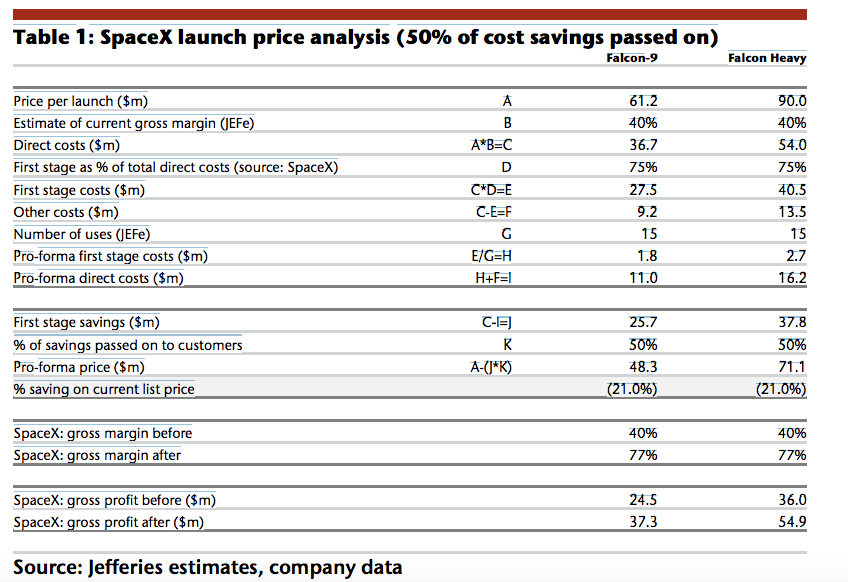Winston
Lorenzo von Matterhorn
- Joined
- Jan 31, 2009
- Messages
- 9,560
- Reaction score
- 1,748
Ha! Good luck with that...
NASA is trying to make the Space Launch System rocket more affordable
15 Dec 2017
https://arstechnica.com/science/201...e-space-launch-system-rocket-more-affordable/
NASA has said that one of the strengths of its Space Launch System rocket is that the massive booster, in part, uses legacy hardware. These proven technologies, such as the space shuttle's main engines and the side-mounted rocket boosters, provide the agency with confidence that when it finally flies, the SLS will be reliable.
However, one problem with legacy hardware, built by traditional contractors such as Orbital ATK and Aerojet Rocketdyne, is that it's expensive. And while NASA has not released per-flight estimates of the expendable SLS rocket's cost, conservative estimates peg it at $1.5 to $2.5 billion per launch. The cost is so high that it effectively precludes more than one to two SLS launches per year.
The space agency recognizes this problem with its rocket, and in the past it has solicited ideas on how best to cut the production and operations costs for its SLS rocket. Now, the agency appears to be actively considering alternative hardware, including the use of potentially lower-cost engines from a new space rocket company, Blue Origin.
How about multiple F9 launches (not even depending upon Falcon Heavy) with assembly/docking in orbit of your otherwise too heavy to launch whatever? $1.5 BILLION would buy 24 F9 launches.

The stupidity... it hurts! Well, that's what you get when you have a government mandated antique hardware infrastructure jobs continuation program.
NASA is trying to make the Space Launch System rocket more affordable
15 Dec 2017
https://arstechnica.com/science/201...e-space-launch-system-rocket-more-affordable/
NASA has said that one of the strengths of its Space Launch System rocket is that the massive booster, in part, uses legacy hardware. These proven technologies, such as the space shuttle's main engines and the side-mounted rocket boosters, provide the agency with confidence that when it finally flies, the SLS will be reliable.
However, one problem with legacy hardware, built by traditional contractors such as Orbital ATK and Aerojet Rocketdyne, is that it's expensive. And while NASA has not released per-flight estimates of the expendable SLS rocket's cost, conservative estimates peg it at $1.5 to $2.5 billion per launch. The cost is so high that it effectively precludes more than one to two SLS launches per year.
The space agency recognizes this problem with its rocket, and in the past it has solicited ideas on how best to cut the production and operations costs for its SLS rocket. Now, the agency appears to be actively considering alternative hardware, including the use of potentially lower-cost engines from a new space rocket company, Blue Origin.
How about multiple F9 launches (not even depending upon Falcon Heavy) with assembly/docking in orbit of your otherwise too heavy to launch whatever? $1.5 BILLION would buy 24 F9 launches.

The stupidity... it hurts! Well, that's what you get when you have a government mandated antique hardware infrastructure jobs continuation program.



